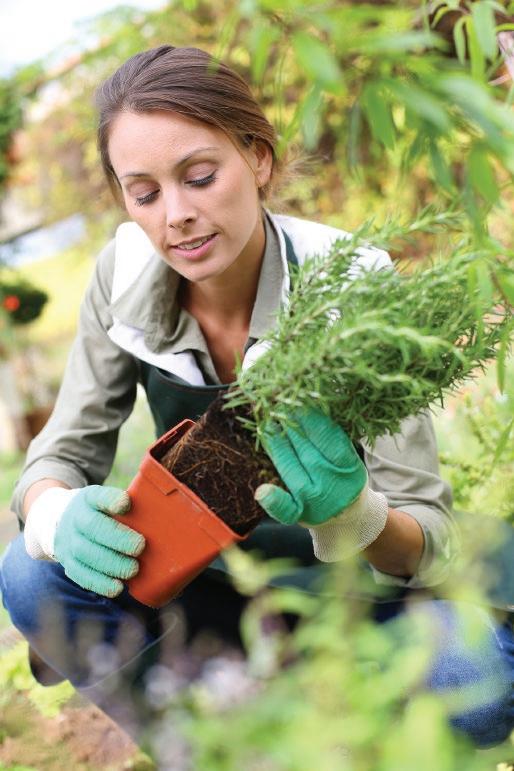
4 minute read
Gardening with Herbs
Glorious Herbs
Late spring and early summer is a time of abundance in the herb garden. Sue Adams grows these magnificent seven every year for their taste and marvellous foliage.
Advertisement
The weather is warm and there is still (usually) plenty of moisture in the ground at this time of year. Perennial herbs have produced fresh growth and annuals are flourishing. They are also a very welcome addition to your cooking, waking up palates which have become jaded after months of heavy winter food. You can grow herbs whether you have a dedicated herb garden, a single flower bed or simply a city balcony. All you need is fertile ground or a generous plant pot, and sunshine.
MINT
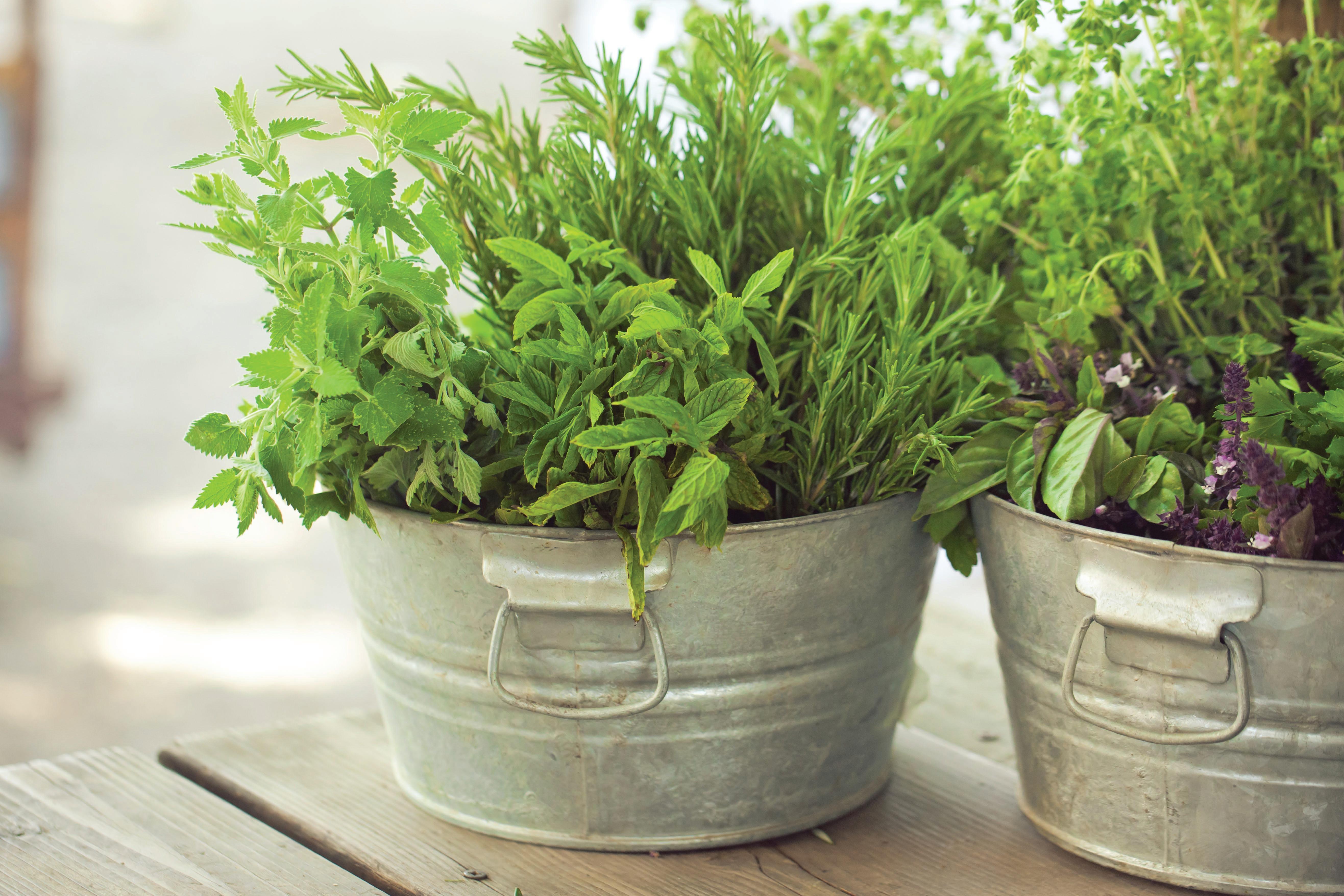
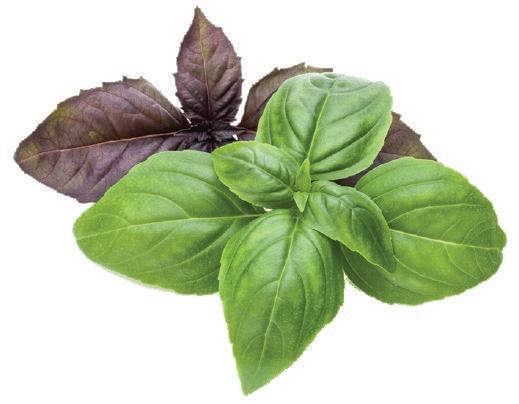
Mint is so easy to grow that if you don’t control it, it will take over your garden. Mint comes in a wide range of varieties, but unless you have lots of space stick to common mint and, possibly, apple mint as they have big leaves and a good flavour. Mint spreads vigorously, so always plant it in a container or in an informal corner of the garden where you can mow around it and so restrict its spread.
PARSLEY
Traditionally sown at the end of winter, legend has it that the seeds will only germinate if a woman is the boss in a household. I have no trouble growing it, so that might be wrong. For this year you could buy a couple of plants in pots, but sow some as well, as the luxury of unlimited mint and parsley is the secret to so much summer food. Pick only the outside leaves of your parsley plant and it will continue to generate more growth throughout the summer. Your parsley will run to seed in year two and then die but it may sow the next year’s crop for you as it does so.
CHIVES
A member of the onion family, chives can be grown from seed or bought as a clump of bulbs which will spread over the years. It is pretty, with purple flowers in the early summer, and is invaluable as a garnish or addition to an omelette or salad. Chives also look attractive in a flower bed or in pot by the back door.
TARRAGON
A personal favourite. I use it in vinegars, salads (it combines well with walnut oil) and with chicken and rabbit dishes. Tarragon is a perennial so it grows back every year but, unlike mint, it is not invasive. Plant it in a permanent, sunny position and cut it back to promote fresh young growth if it gets leggy as summer progresses.
DILL
I love dill and dill seeds which I collect each year from its flowers. I sow the seeds directly into the soil from March onwards and then thin the plants out as they germinate and develop. Dill looks similar to fennel but, unlike fennel, I find it dies every year and needs to be
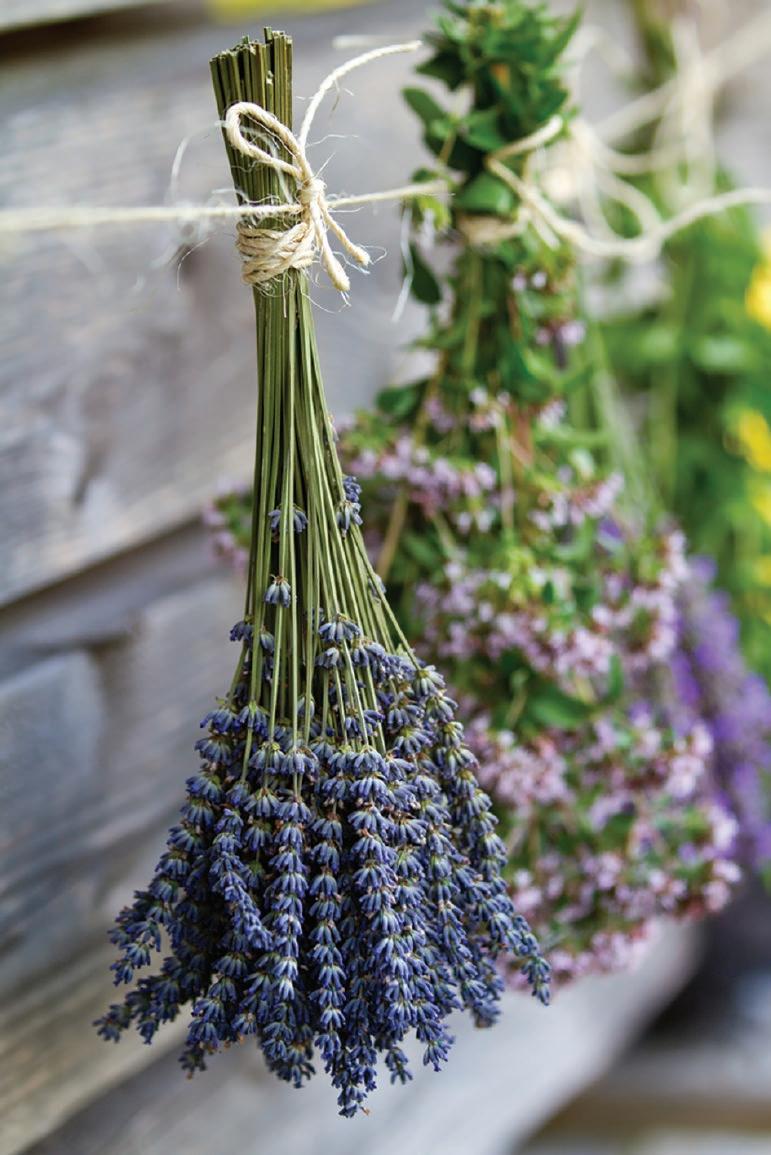
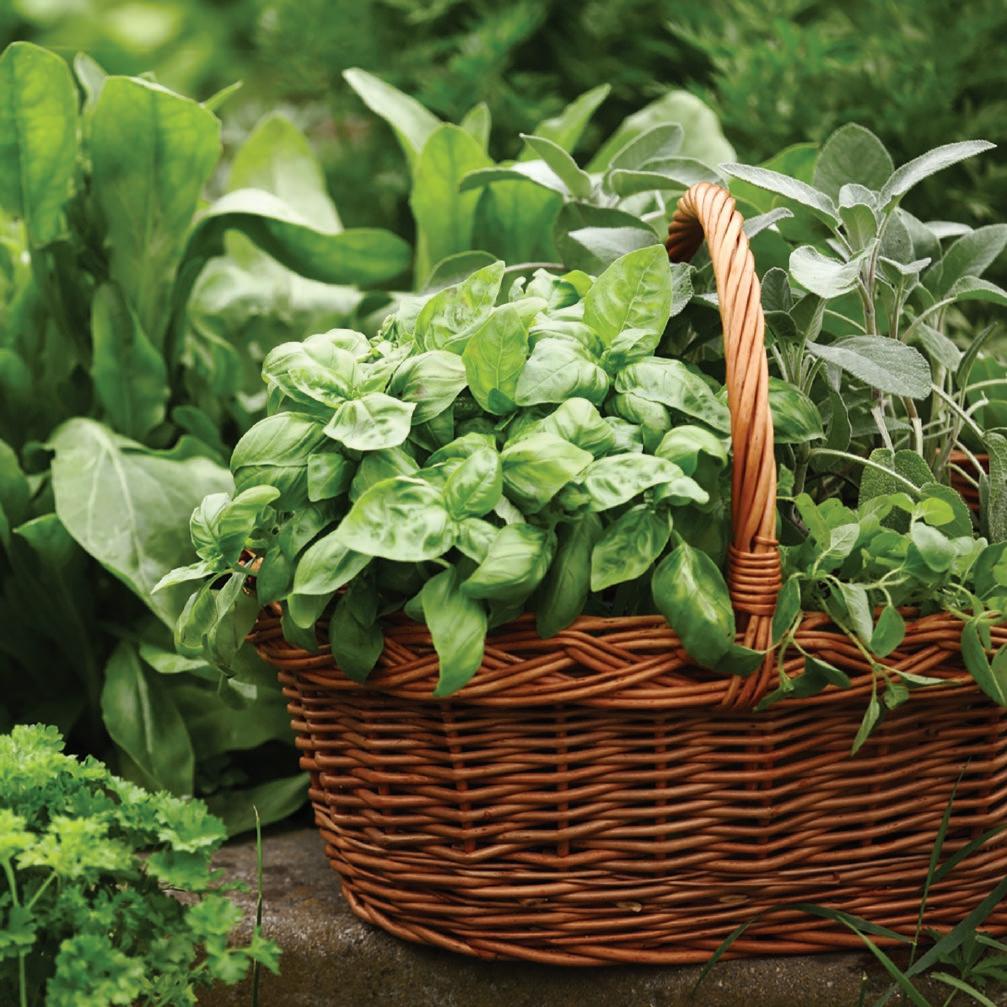
re-sown. It doesn’t regrow well after picking, so I sow it several times during the year. Pay attention to the watering because if you let it dry out you can easily lose it. A word of warning: if you plant it near to fennel there is a danger that they will cross pollenate creating a hybrid (which I call fiddle) next year.

BASIL
The herb of high summer. I usually grow about four plants and find this is enough to make lots of pesto, tomato salads and soups, and to use as an addition to Mediterranean dishes. There is a wide range of basil varieties which you can buy, some have better flavours and larger leaves than others. My own favourite is Genovese basil, which is the only one that I grow.
SORREL
Sorrel likes shade and a heavier soil, and plenty of moisture. I grow it in a separate part of the garden where conditions are right. It’s in the same family as rhubarb, which gives you a clue to its growing conditions, but it looks a lot like a clump of dock leaves. With a distinctive, sharp lemony tang it is a much more muscular herb than the other six and is marvellous in soups, egg dishes and sauces.
Each of these herbs can be bought now as young plants or, in the case of dill, sown now. Even if you are only here for the summer months or have just acquired a new garden, you can start your collection of herbs straight away and have a plentiful supply this year. As well as a great cooking ingredient, herbs can be used to relax and heal the body, to add flavour in teas and cocktails, and to add scent to shampoos, soaps, oils, perfumes and candles. Mint is said to keep mice away, lemon balm can help to fight fatigue, thyme is a natural disinfectant and antiseptic, parsley is thought to remove dark circles under the eyes, basil is an anti-bacterial and acne treatment, and peppermint can soothe headaches. Who knew!
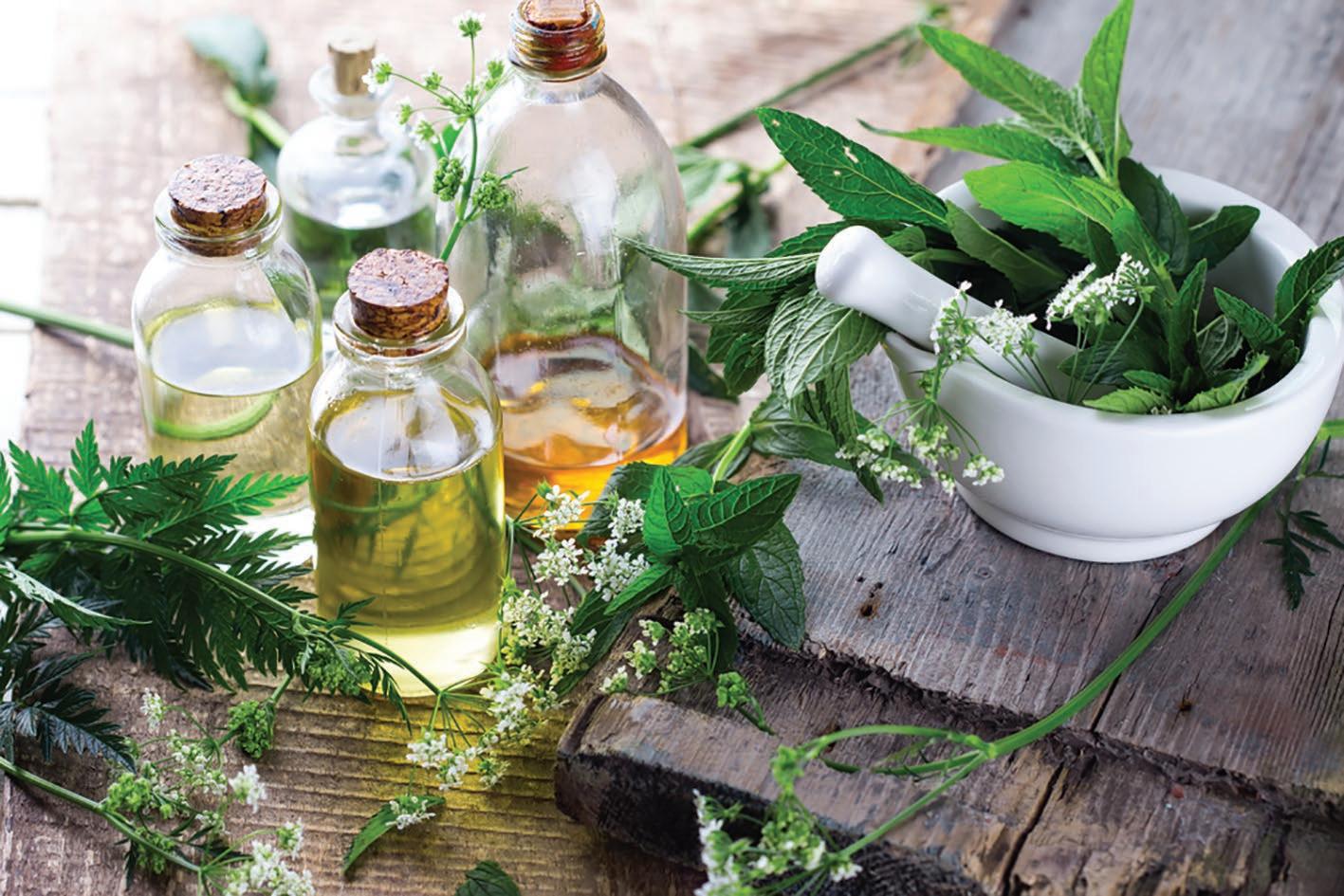
Sue Adams has lived in SW France for 15 years and is developing a small field into a garden with orchard, vegetable and soft fruit garden, flower beds, dry garden and a wildlife haven. It’s still a work in progress. You can read more from Sue at www.jardinpaysan.com










